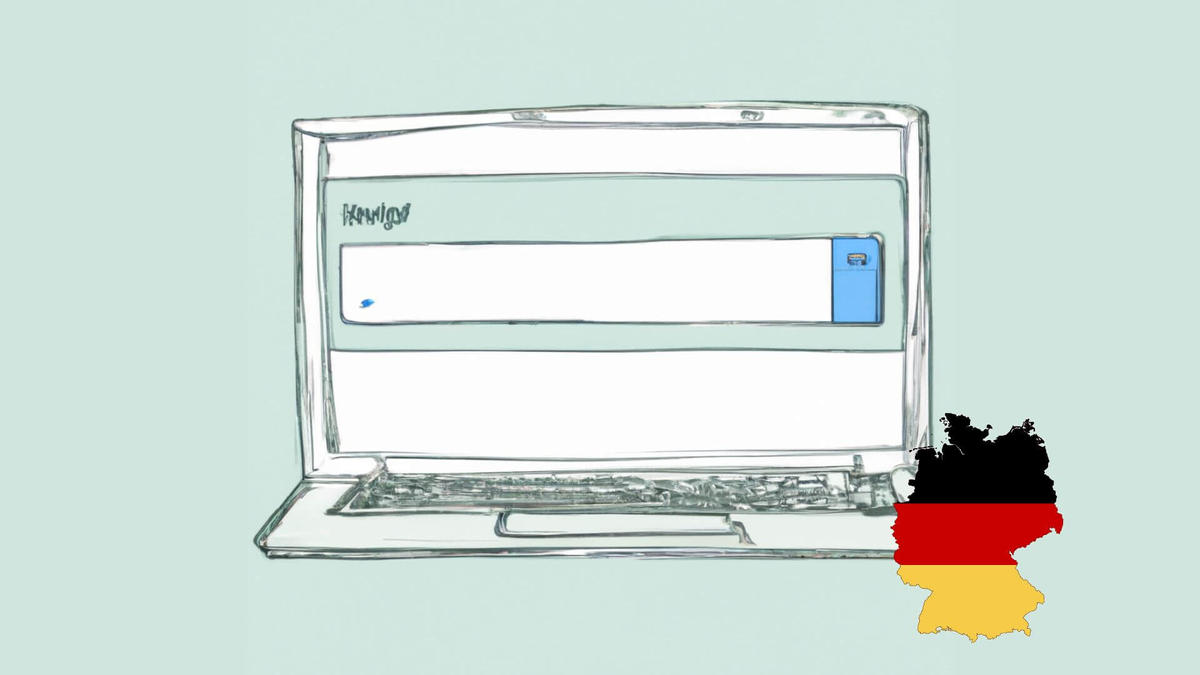What is a portfolio?
DefinitionA portfolio is a collection of your work that showcases your skills and experience. It can include projects you’ve worked on, papers you’ve written, or other examples of your work.
Elements of a good portfolio
Your portfolio is your chance to show off your skills and experience to potential employers. It should be clear and concise and showcase your best work. Be sure to include a list of your hard skills and awards and any relevant certifications or licences. And don’t forget to include links to your online profiles (e.g. LinkedIn, GitHub) for social recruiters.
Creating a solid portfolio is essential to land that dream job. But what makes a good portfolio? Here are some key elements:
- A clear and concise summary of your skills and experience
- Examples of your best work
- A list of your achievements and awards
- Any relevant certifications or licenses
- Links to your online profiles (e.g. LinkedIn, GitHub)
Including these elements will give potential employers a good overview of your abilities and what you can bring to the table.
How to create a portfolio
Creating a portfolio is a great way to show off your work and attract new clients. But where do you start? Here we listed some easy-to-follow steps for your perfect portfolio!
Choose the right platform for your portfolio
There are many different ways to create a portfolio, so choose the one that best suits your needs. Some popular options include websites, PDFs, and word-processing documents. For example, if you’re a visual artist, photographer, or graphic designer, you’ll want to choose a platform that allows you to showcase your work visually appealingly. If you’re a writer or editor, on the other hand, you’ll want something that will enable you to share your writing samples easily.
Gather your materials for your portfolio
Once you’ve chosen a platform, it’s time to gather the material for your portfolio. This can include anything from writing samples to photos of projects you’ve worked on. Here’s a checklist of what you’ll need:
- A current CV and Cover letter: Your portfolio should include an updated version of your resume so that potential employers can get a sense of your professional background and soft skills.
- Samples of your work: Choose examples of your best work to showcase in your portfolio. If you’re a writer, you might include writing samples. If you’re a Web Developer, your portfolio might consist of screenshots or links to websites you’ve built.
- Document any awards or recognition you’ve received: Include copies of any awards or letters of recommendation from previous employers or clients.
- Any professional certifications you have: If you’ve earned any professional certifications, be sure to list them in your portfolio.
- A list of your professional references: Include the names and contact information of three or four people who can attest to your skills and abilities. These might be previous employers, clients, or colleagues.
Organise your portfolio
When organizing your portfolio, there are a few key things to keep in mind. First, you’ll want to decide what format you want to use. The structure can be anything from a traditional physical portfolio to a digital one. Both have benefits and drawbacks, so it’s essential to weigh your options and choose the one that makes the most sense for you.
Once you’ve decided on a format, it’s time to start filling it with content. Start by including any relevant work experience, whether paid or unpaid. If you have any examples of your work, such as writing samples or design projects, be sure to include those as well. Also, don’t forget to list relevant skills and qualifications, such as language abilities or computer skills.
Edit and proofread your portfolio
It is essential to make sure that your portfolio is free of any errors, typos or grammatical mistakes. Not only will this give a wrong impression to potential employers, but it can also make you look unprofessional and sloppy. Make sure to take the time to thoroughly proofread your work before sending it out.
In addition to checking for errors, you should also take a close look at the overall presentation of your portfolio. Is everything well organised and easy to understand? Does it flow smoothly from one section to the next? Are the visuals appealing and effective? Taking the time to edit and polish your portfolio will help ensure it makes a positive and lasting impression.
Publish or share your portfolio
There are many ways to share your portfolio with others. You can post it online, send it via email, or even print it out and hand it out in person.
If you’re just getting started, we recommend posting your portfolio online on a career site. This way, you can easily update it as you add new work, and people worldwide can view it.
Tips for presenting your portfolio
When putting together a portfolio, it’s essential to keep a few things in mind. First, your portfolio reflects you and your work, so make sure it’s representative of both. Second, consider your audience—who will be looking at your portfolio, and what are they looking for? Keep that in mind as you put together your materials.
Here are a few tips to help you put together a great portfolio:
- Choose your best work: When selecting pieces for your portfolio, choose those you’re most proud of that showcase your skill set well. If you’re unsure which details to include, ask for feedback from friends, family, or other professionals in your field.
- Consider your audience: As you put together your portfolio, consider who will look at it. What are they interested in seeing? What would impress them? Keep that in mind as you select and present your work.
- Use various media: A portfolio doesn’t have to be just a bunch of printouts – get creative! Include digital files, photos, videos, and anything that showcases your skill set.
- Keep it updated: As you produce new work, be sure to add it to your portfolio so that it reflects your current skills and style. Regularly purge older pieces that are no longer representative of your work.
By following these tips, you can be sure that your portfolio will make a great impression on anyone who sees it.
Did you enjoy our tips and tricks to make your portfolio stand out? Well, check our hiring and recruitment guide to learn more!


